17th April 2019 / I attended the marriage in Jodhpur (Isha & Nikhil) with family.
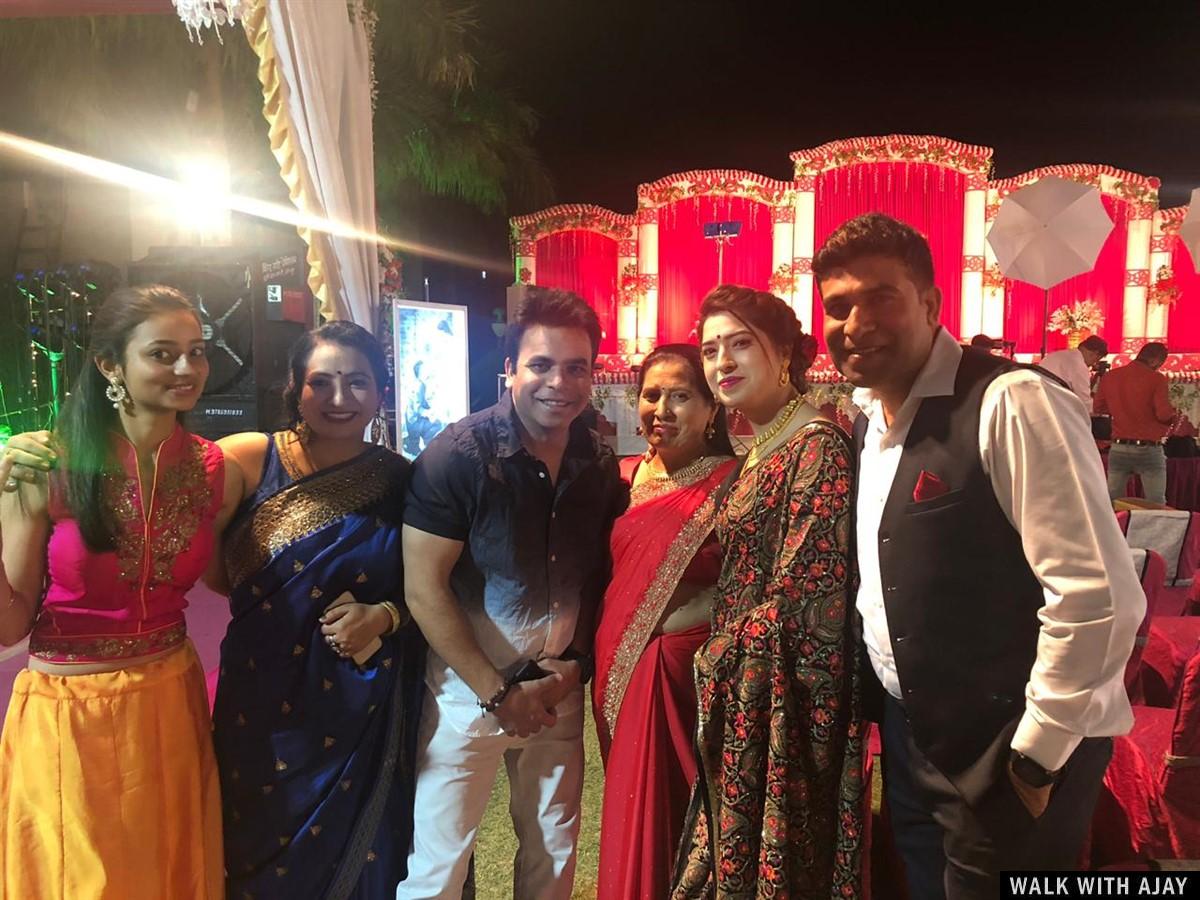
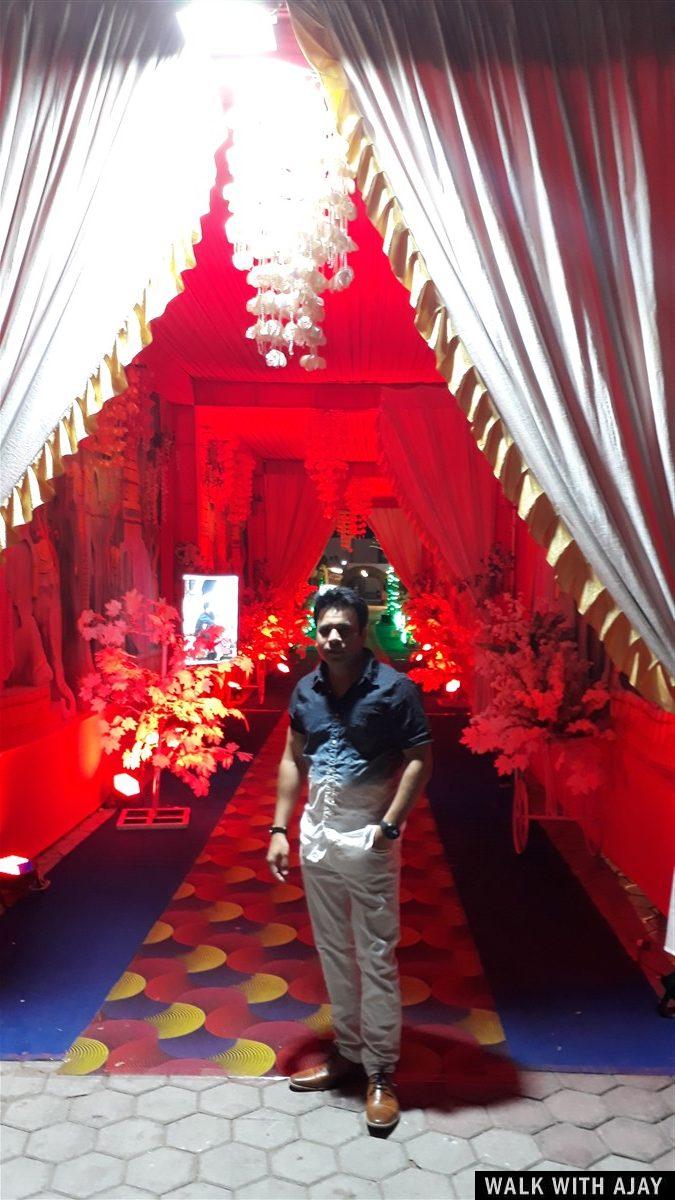
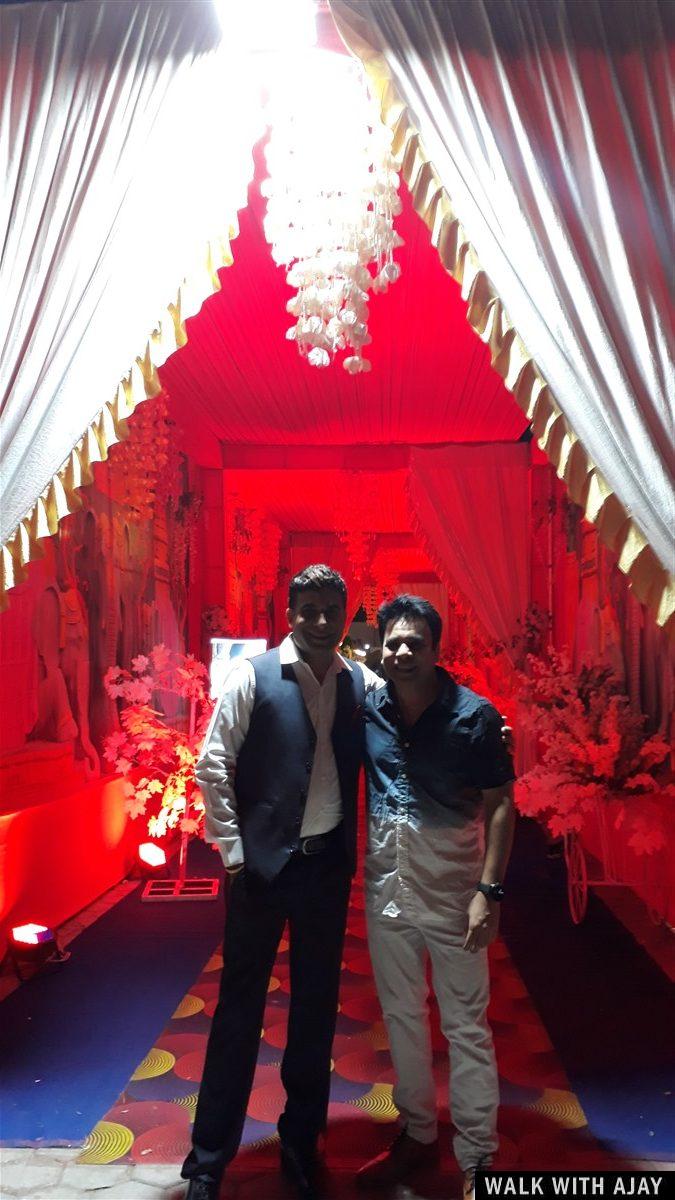
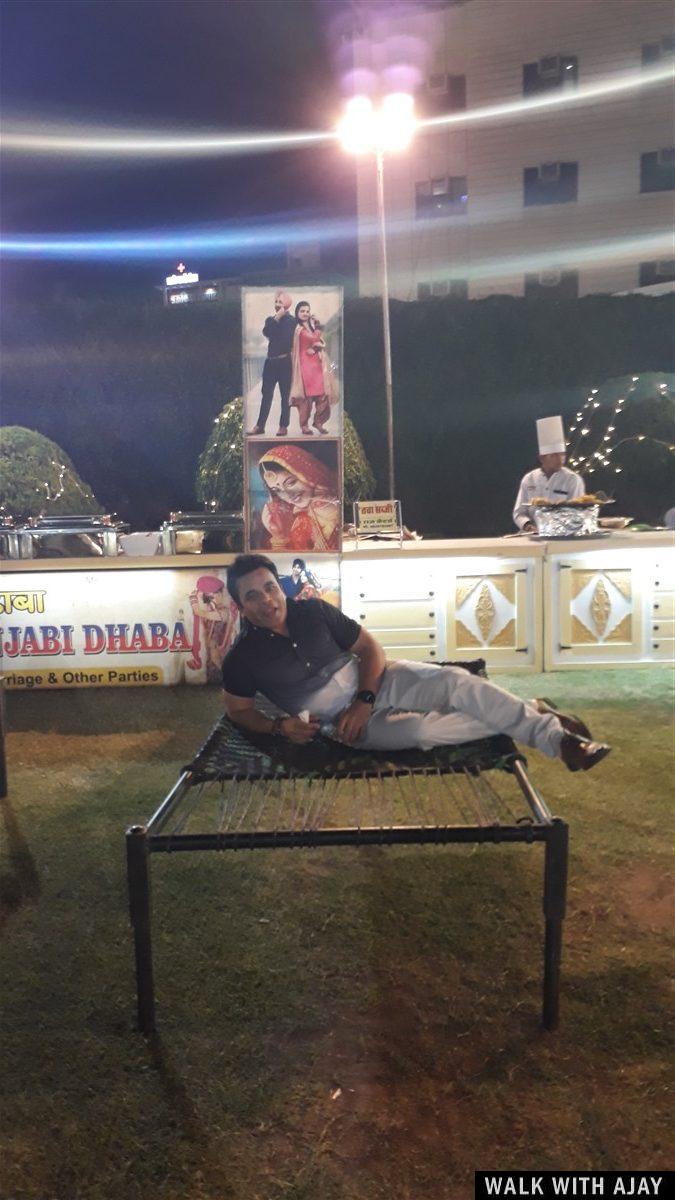
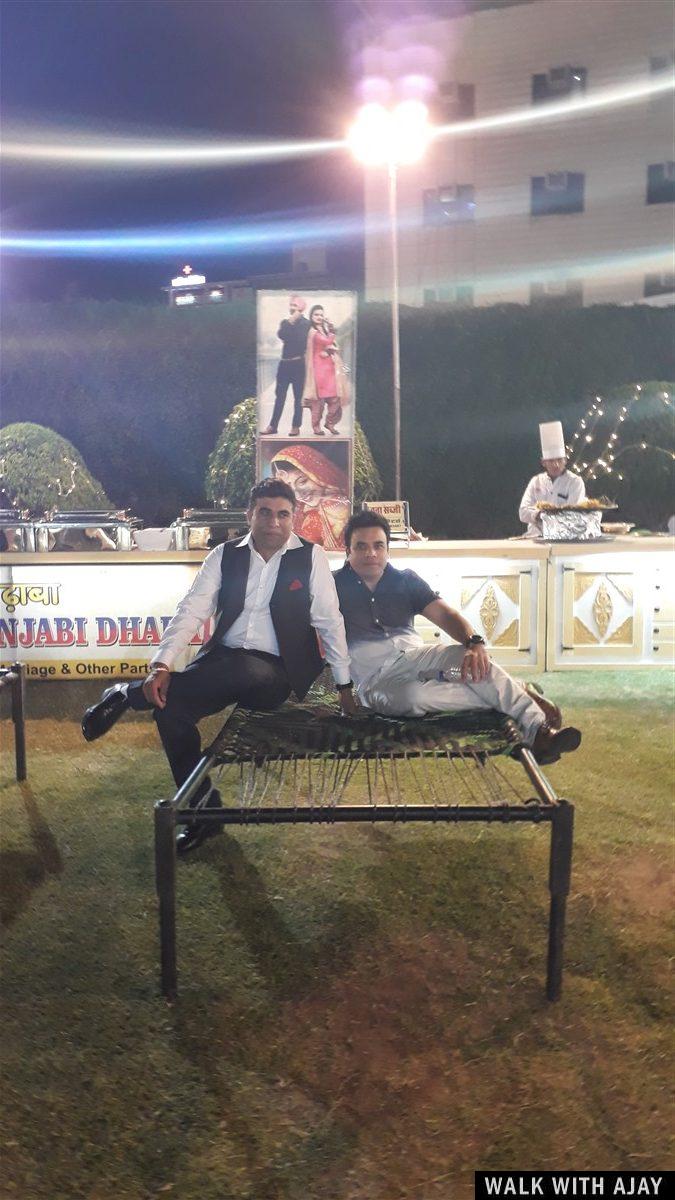
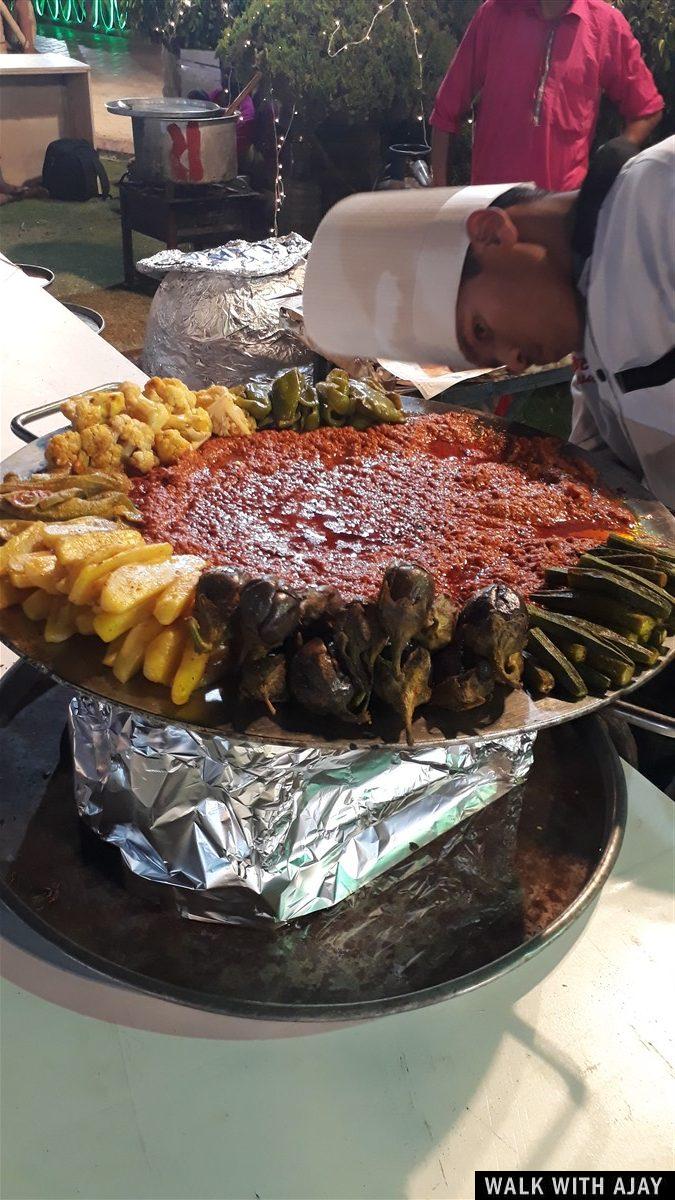
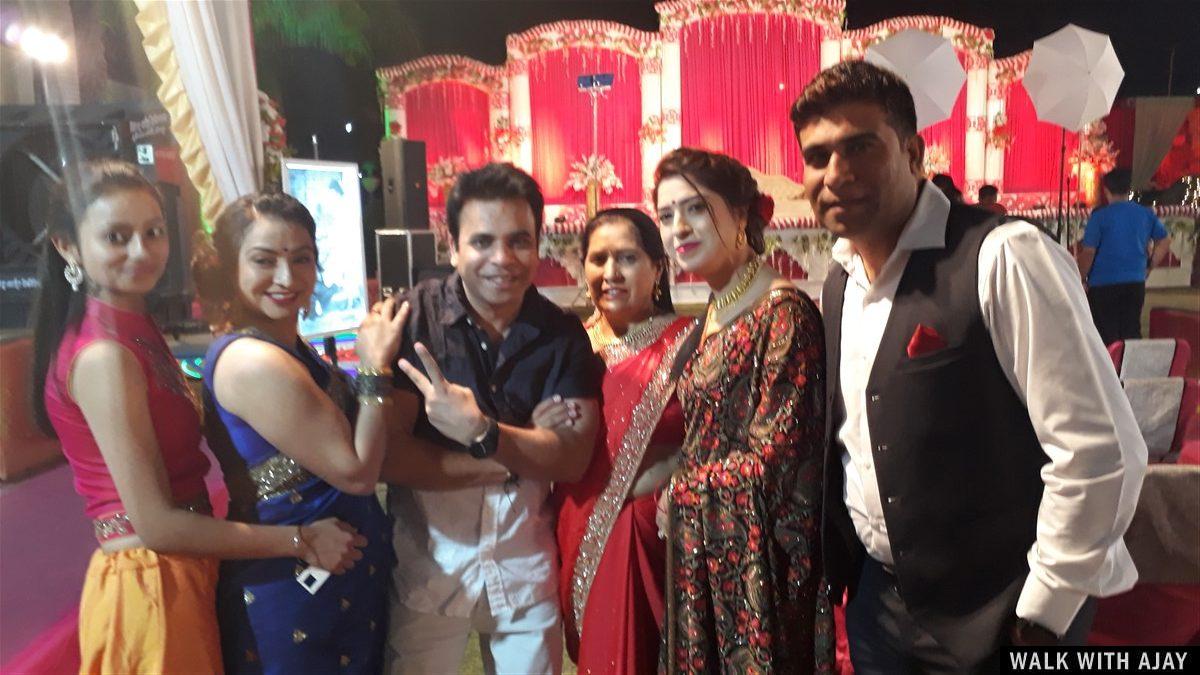
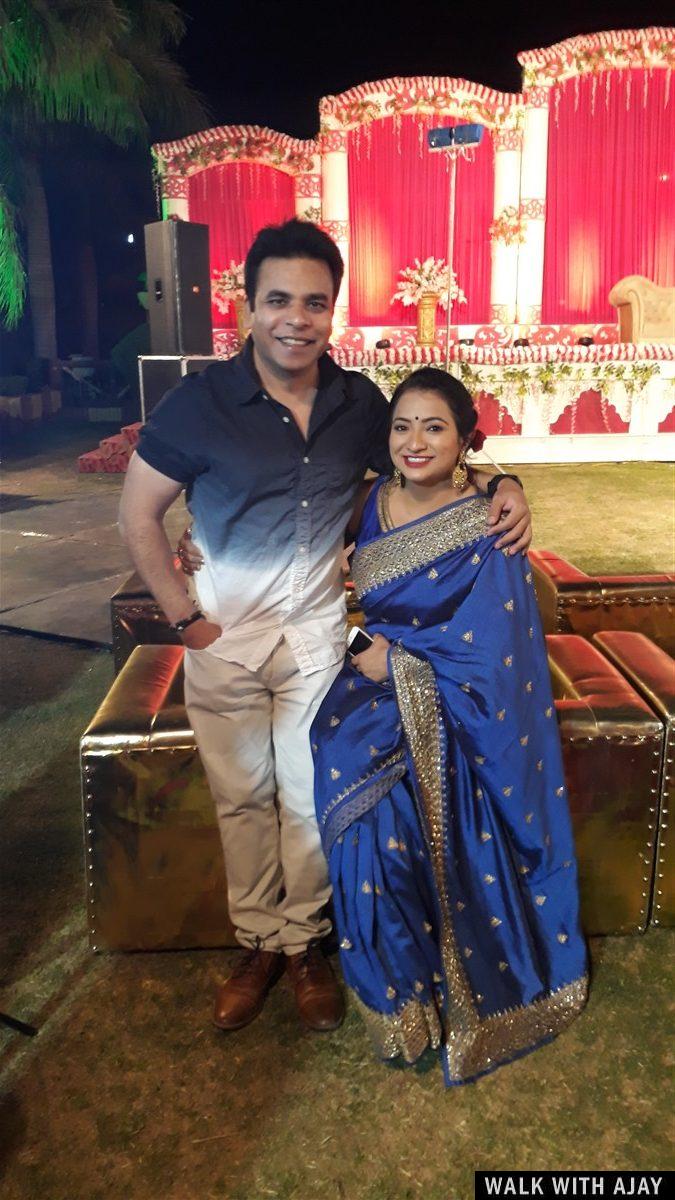
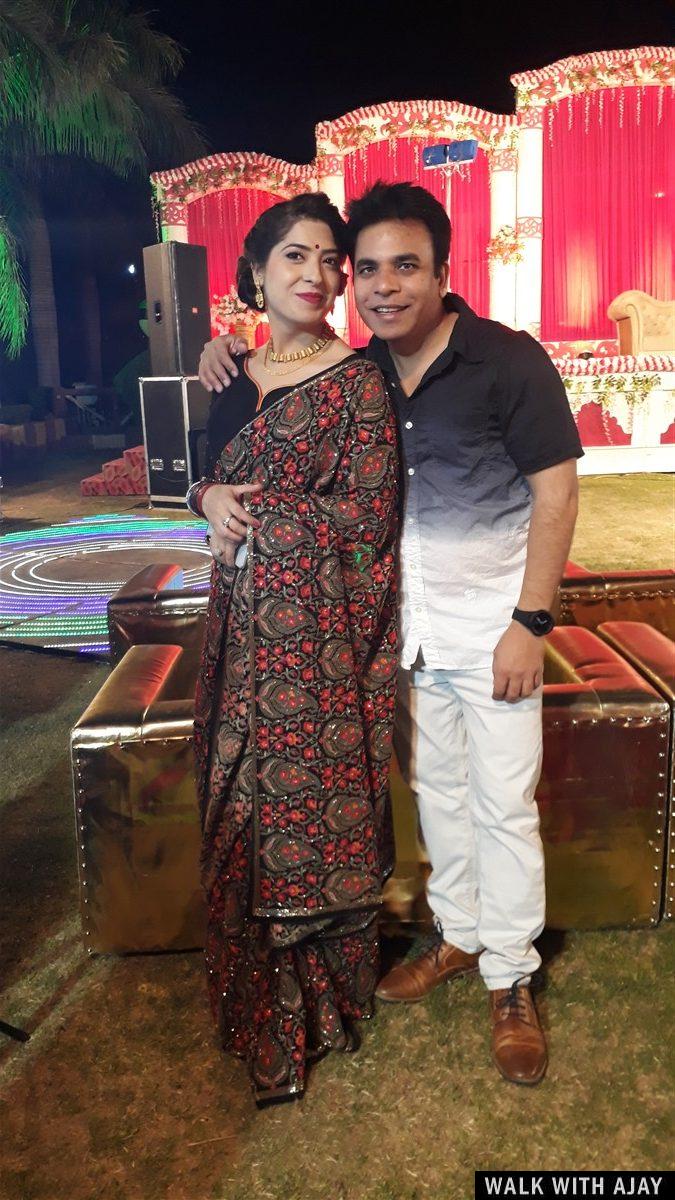
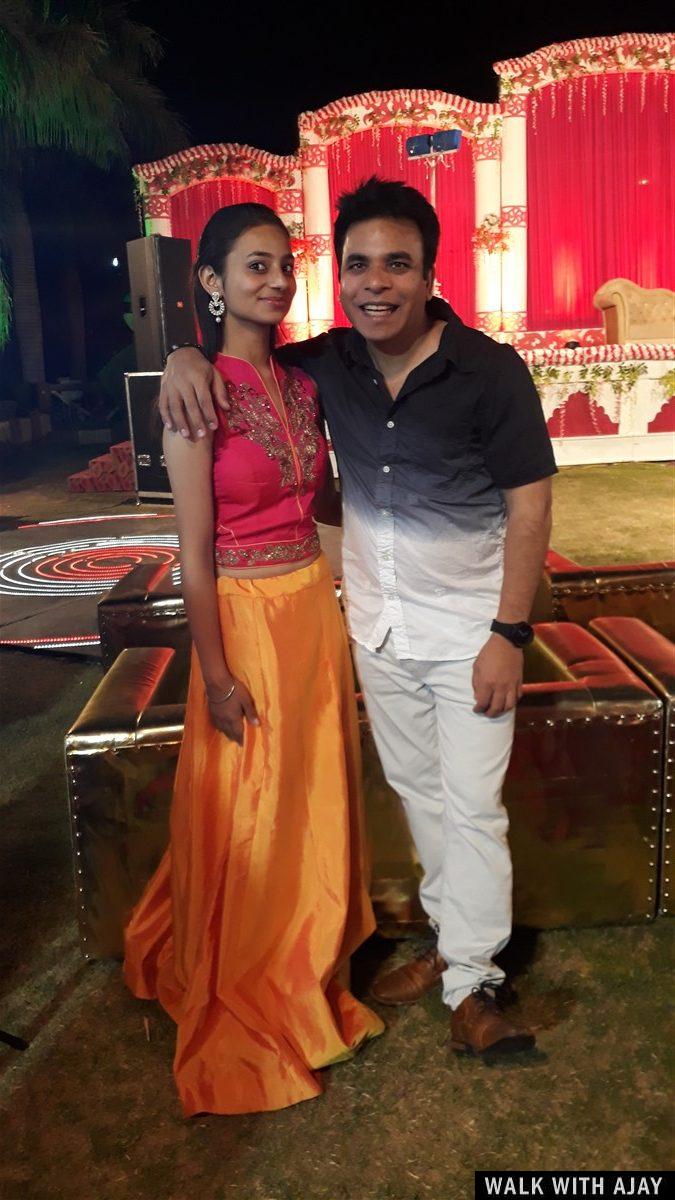
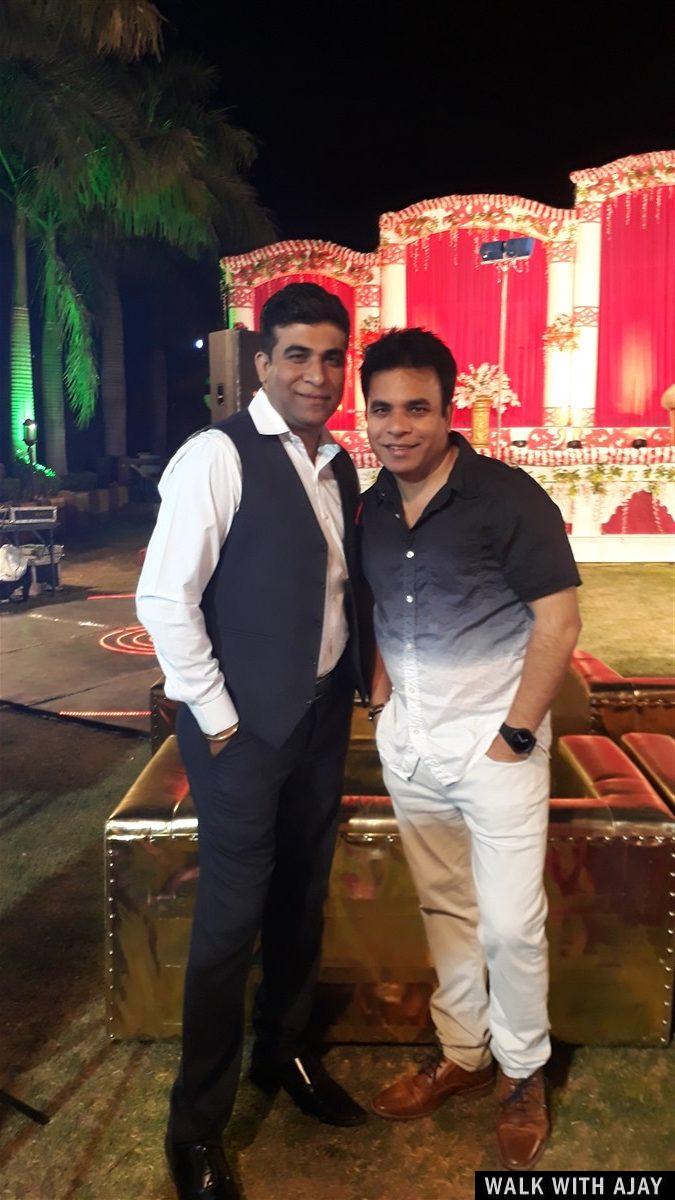
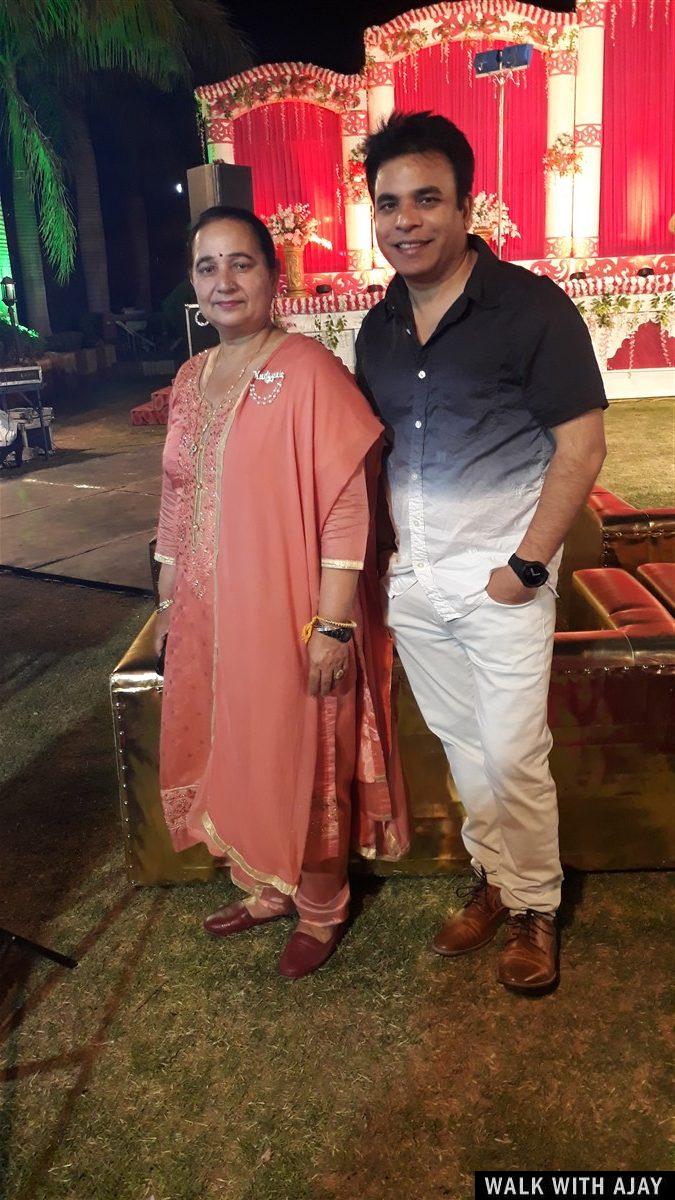
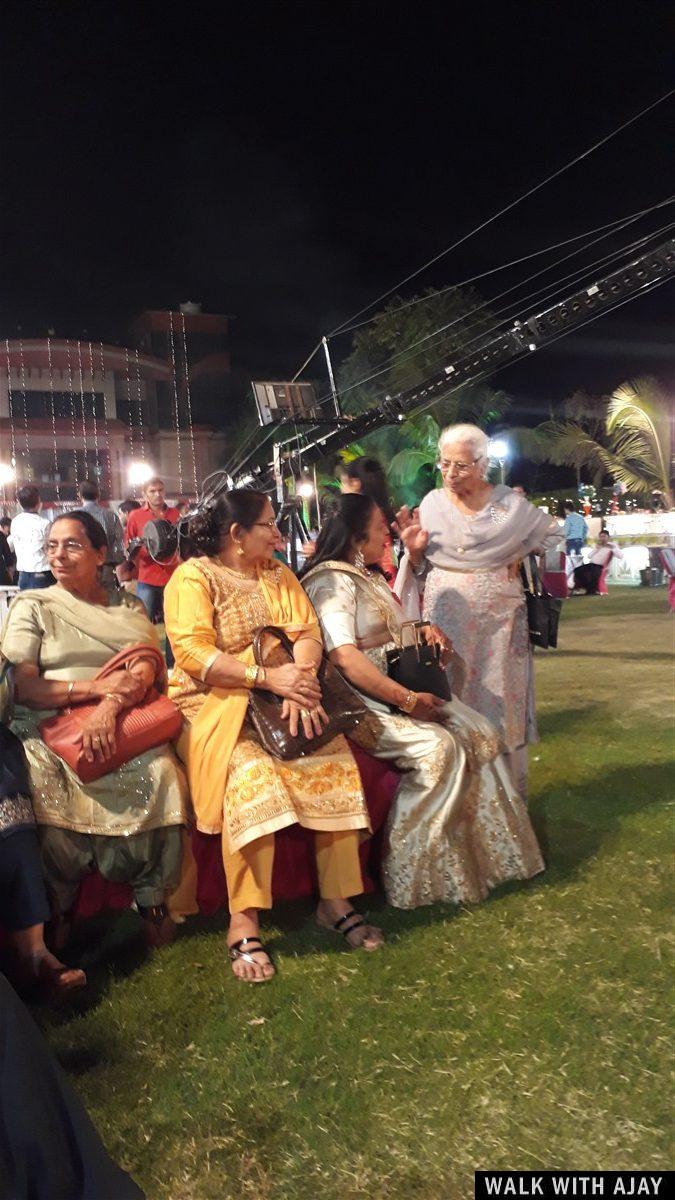
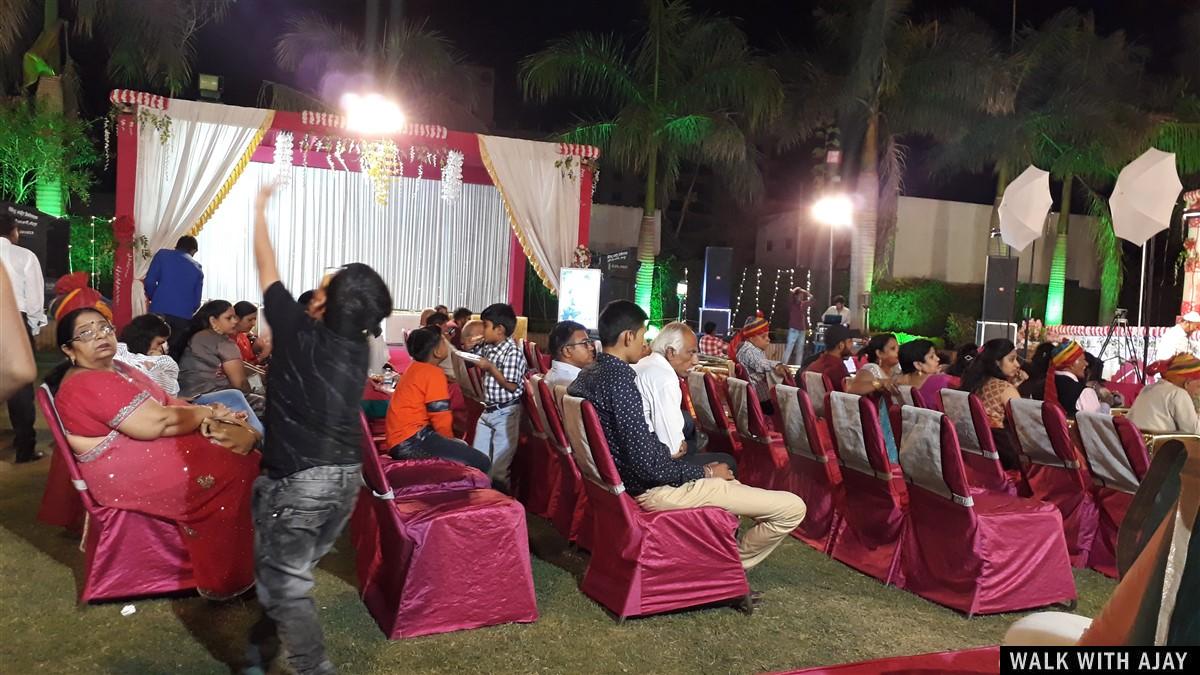
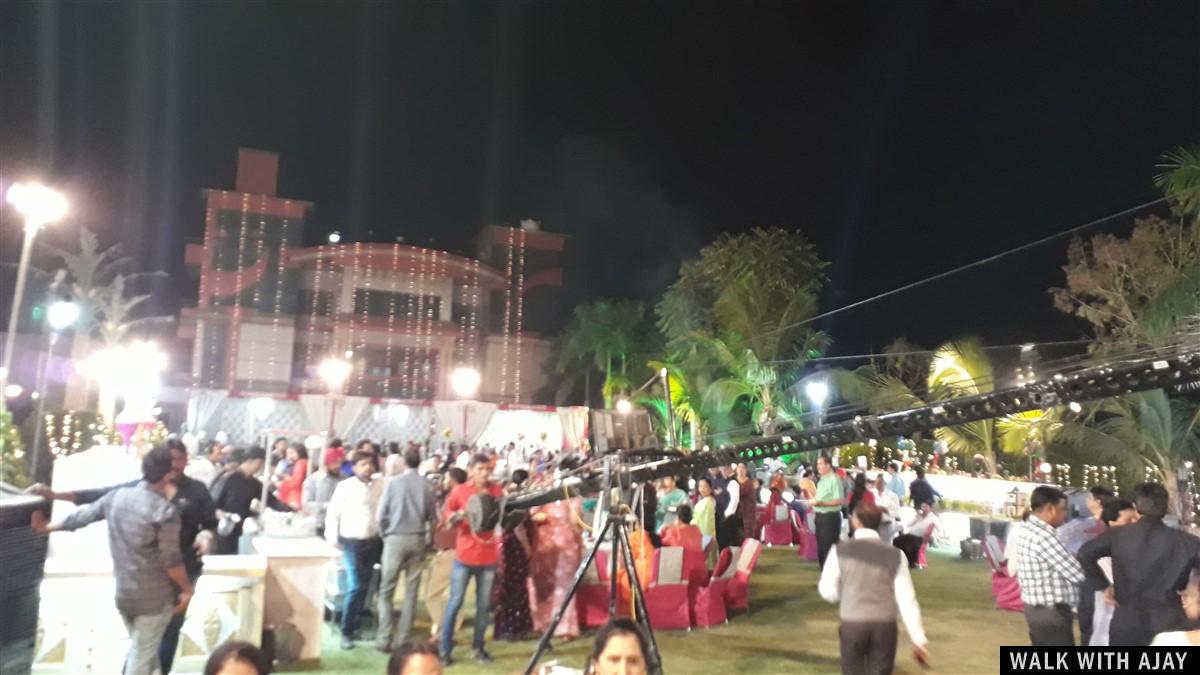
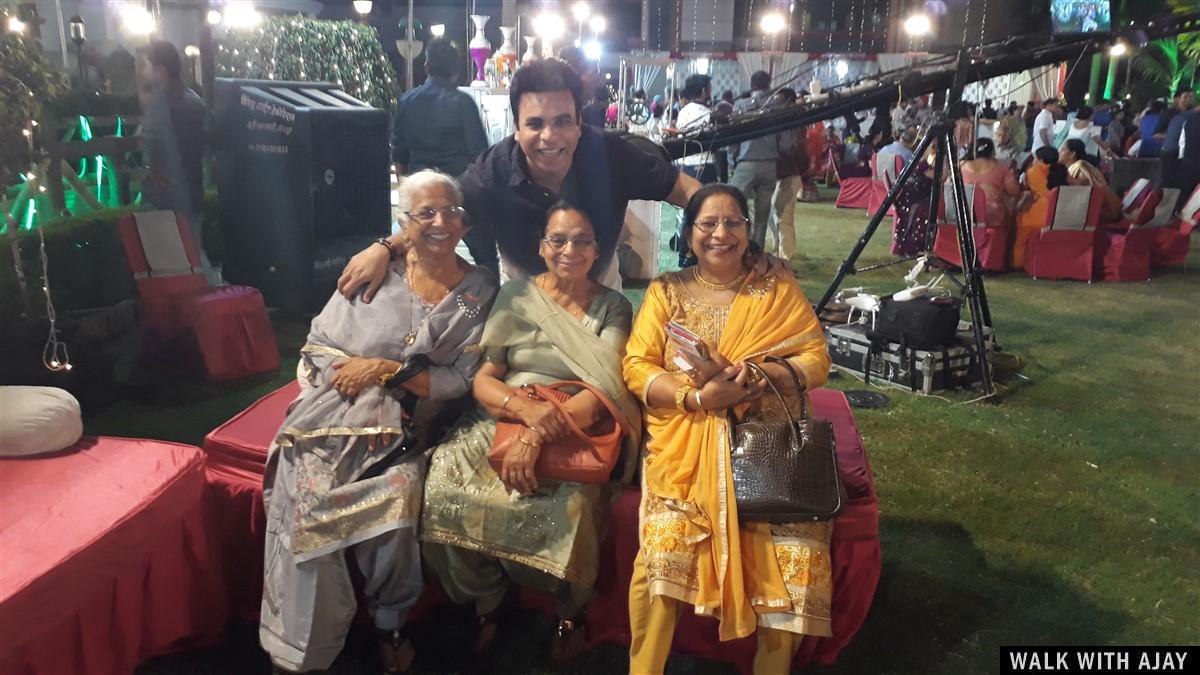
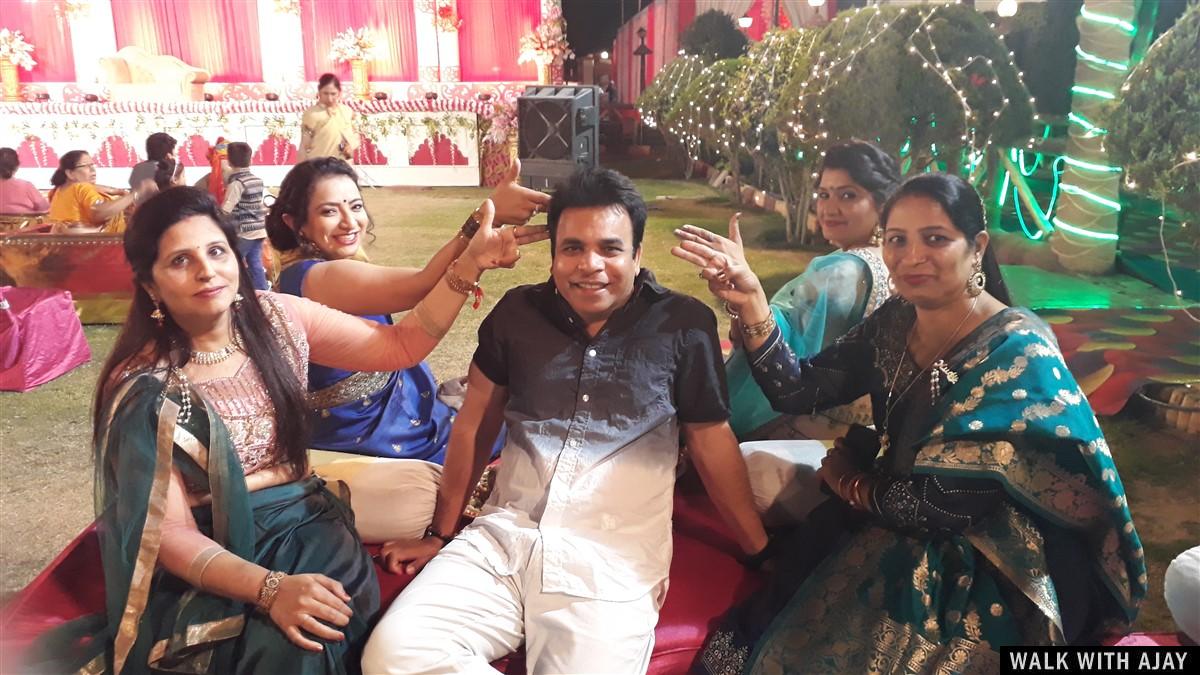
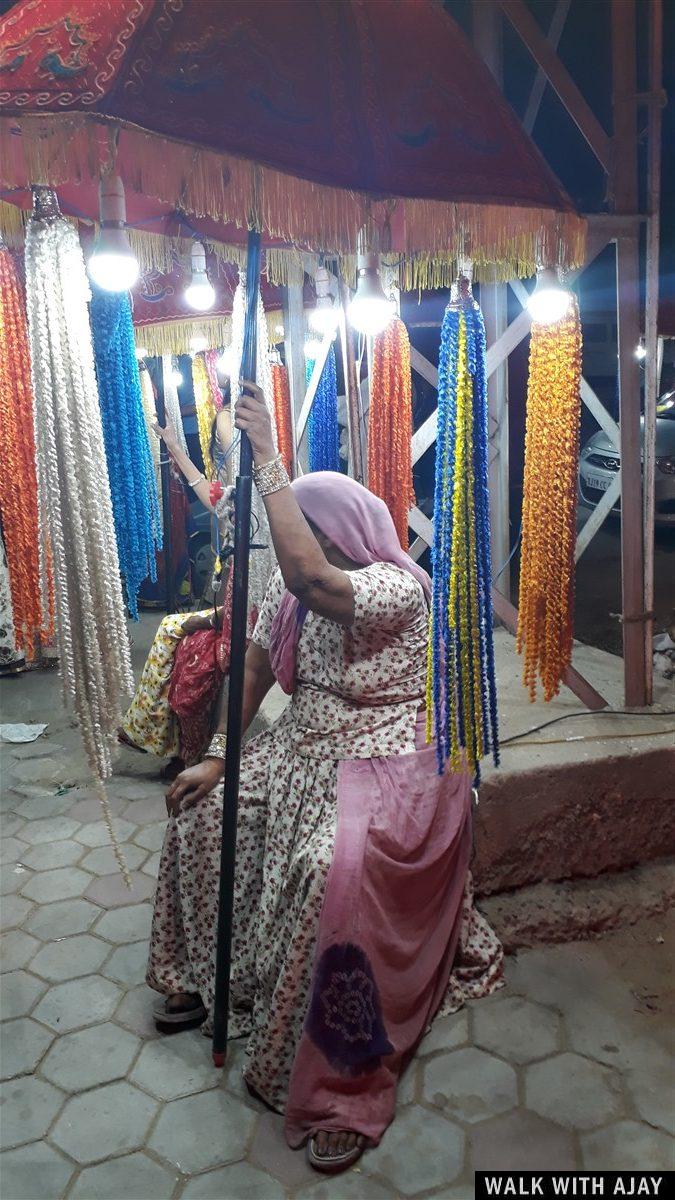
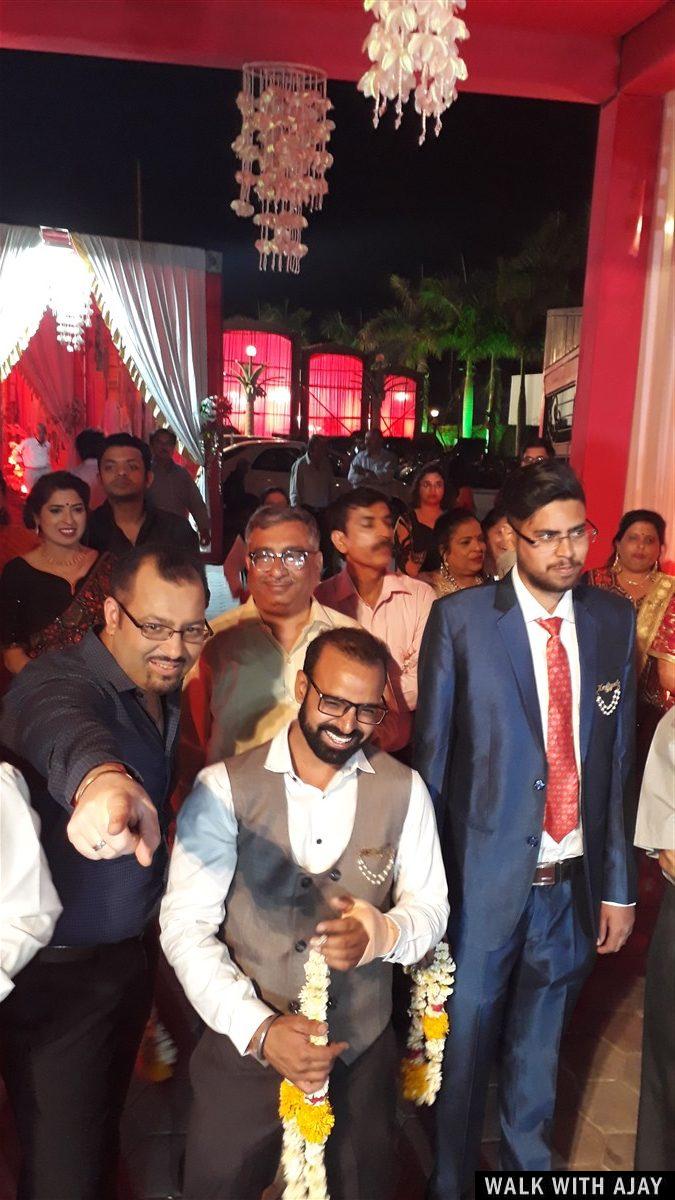
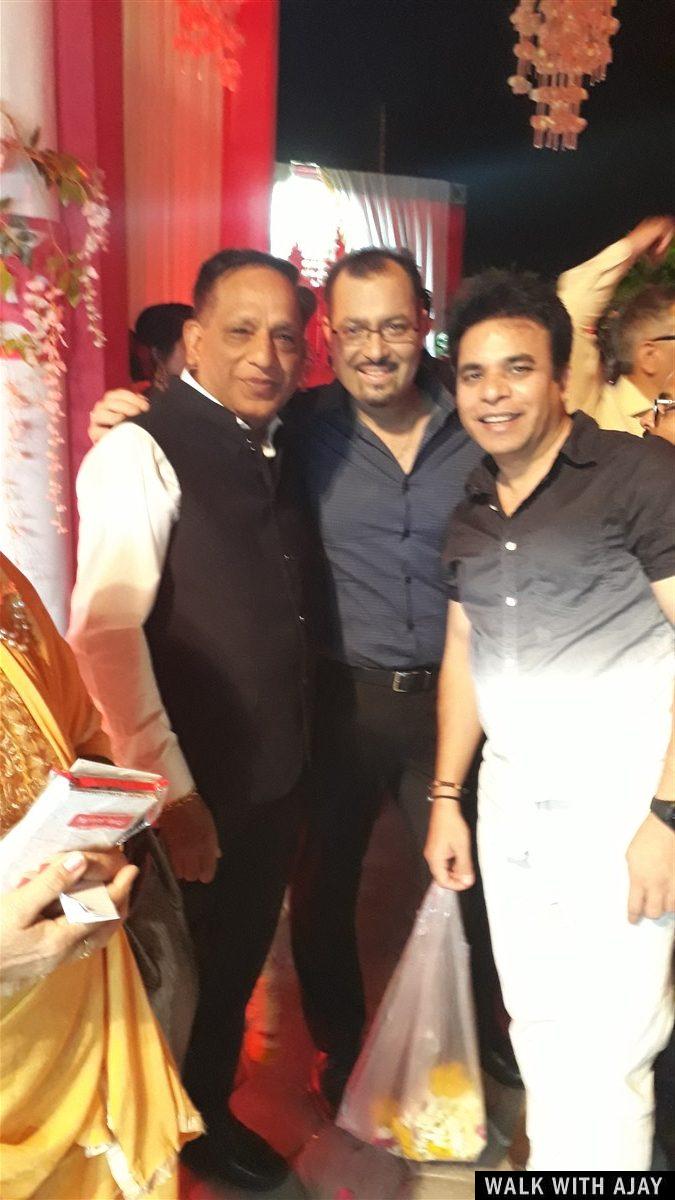
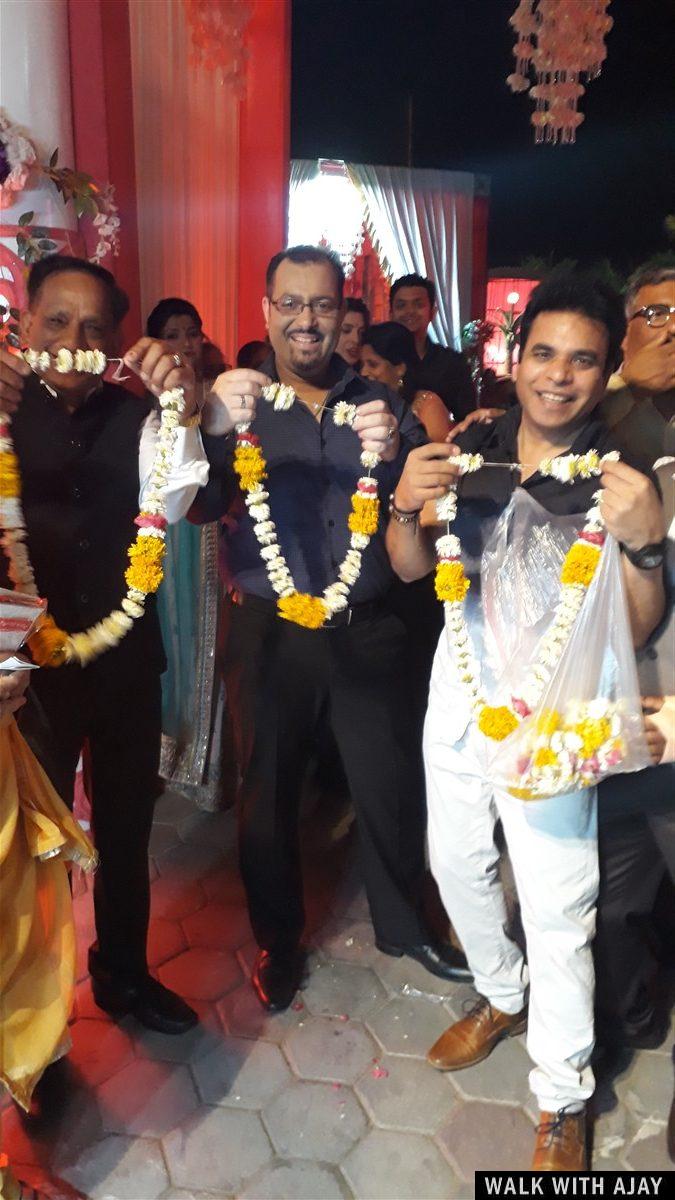
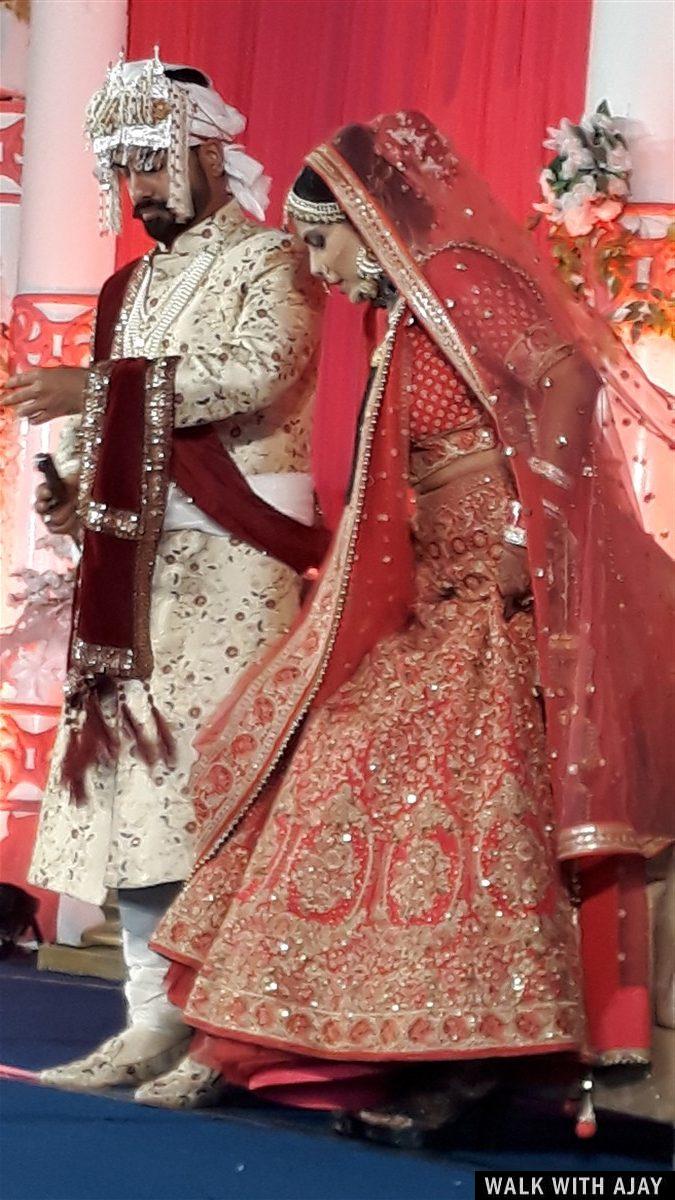
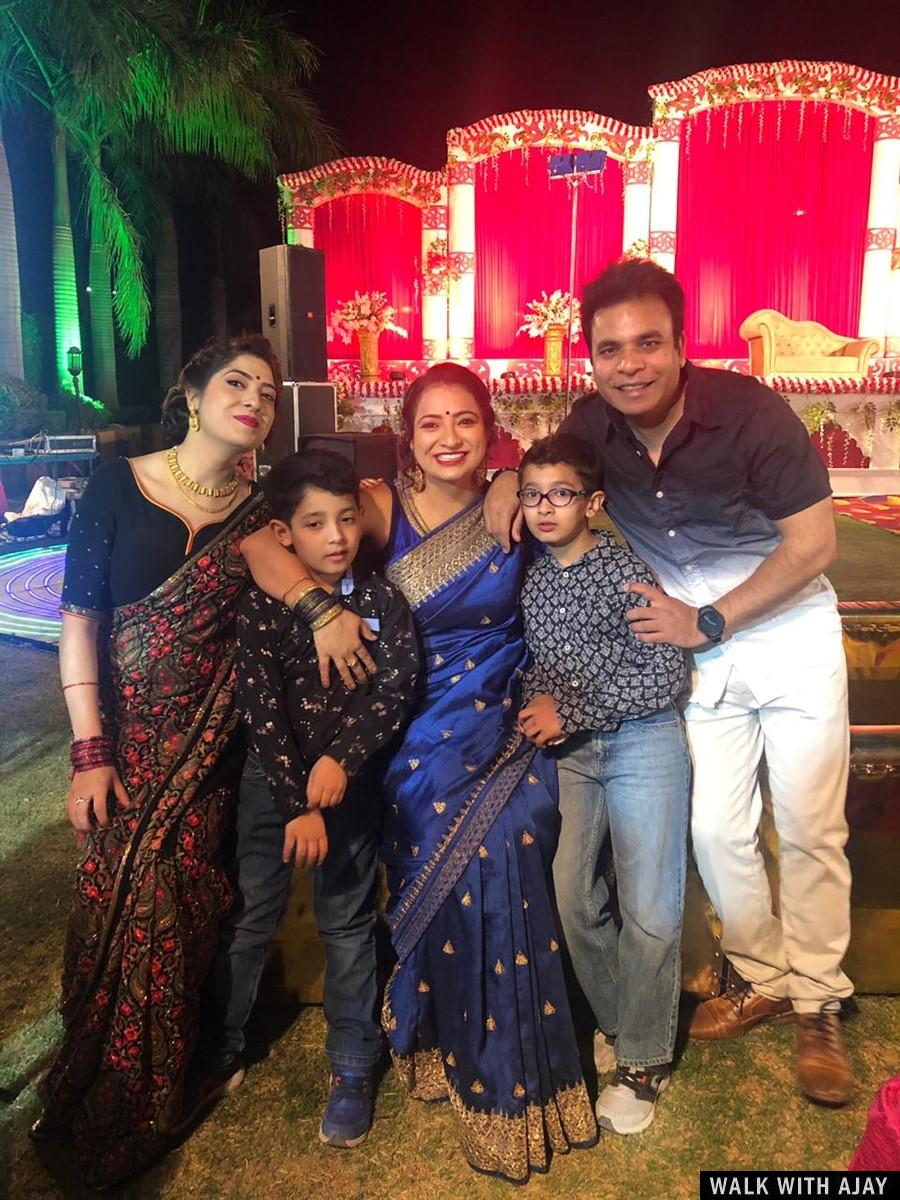
My Walking Story :
Today I am going to describe Jodhpur’s marriage memories wherein I am going to explain the importance of Indian marriage in this part. While at the north side, the Marriage ceremony is called ‘Biya.’ Women sing cultural songs known as Biya Naam or Biya geet.
These songs are sung from the first day of the wedding ceremony to the last day. It is the women who take leadership on the Biya Naam plus it can be from either side of the family. Those songs narrate stories from mythology regarding marriage plus love. North Indian marriages are like fine wine! The older the better, it has its value and some tales behind every single ritual.
The North Indian marriage customs have evolved a long way from the Swayamvarams portrayed in mythologies to today’s intercultural weddings! However the more they grew, the more they stayed the same! Marriages in India are colorful, with extravagant decorations including food that will make you overlook your daily work. Once the couple including their families decide to move forward with the wedding, the first function off the block is the Sagai or the engagement ceremony. The bride plus the groom exchange a ring supported by merrymaking in the gathering of friends plus family.
On the day before the marriage, a mehndi function is arranged where the bride including her sisters plus aunts applies henna on their hands and feet. Lovely elaborate designs are drawn on the bride’s palms, prolonging to her elbows. The mehndi ceremony is one of the most charming North Indian marriage customs.
It is assumed that the redder the henna is on the bride’s hands and feet, the stronger her bond will be with her husband. There is a slew of other interesting bits about the importance of bridal mehndi in Indian weddings. The song is an essential part of any Indian wedding ceremony. Also, at the groom’s house, the family assembles for a sangeet ceremony, with a lot of dancing also singing.
The families unleash a spirit of festive happiness all around. “I would like to say that along with its curative peculiarities of Haldi, Haldi was (and yet is) the universe’s greatest gift to humankind. Besides its antibacterial features, The Haldi acts as the protecting shield for the bride/groom from cuts, wounds, including any other seasonal illnesses. Applicability of Haldi also infuses a natural shine and glow to the skin, preparing the bride/groom for their wedding celebrations ahead.”
The real wedding begins in the evening. The dulha (groom) comes along with his baarat, seated on a female horse, his face covered behind a sehra. The groom’s family comes to the bride’s house dancing in the middle of crackers and music. Prosperous families are known to hire elephants plus chariots as well. If we claim that the ambiance is grand plus festive, we will be making an underestimation of the year! Most North Indian families hire a brass band including fashion-conscious families to lead in a DJ to keep the festivities in high gear! That is one ritual where everyone has a permit to drink also dance! At the edge of the baraat, they are met by the bride’s family.
The bride’s mother does aarti of the groom, where tilak is touched on his forehead. The marriage ceremony begins with the groom on the stage along with the priest. The bride then comes with her cousins, all decorated in a beautiful saree including gold jewelry. while her head is covered in a ghunghat as she sits near the groom.
The bride and groom exchange garlands with each other in the Jaimala celebration. In some marriages, the groom’s family raises him up high on their shoulders to make it tough for the bride to place the garland. The bride’s brothers then raise her up too and then it’s game on! Any excuse to have fun is gladly allowed in Indian marriages. Then begins the solemn rituals linked with North Indian wedding customs. The first significant ritual off the block is the Kanyadan ceremony. In precise, the bride’s father gives away his daughter to her husband for them to commence a new life.
Kanyadaan translates to “gifting the girl” to the bridegroom. As a representation of acceptance, the bridegroom touches the right shoulder of the bride, vowing to take care of her plus holding her responsibility.” The satphere is the next significant ritual after the kanyadaan. The groom plus the bride walk around the sacred fire seven times. Each round or phera has an important meaning plus is guided by the chanting of Vedic rituals. The first step is to respect including honor each other, the second for strength to handle their problems together, the third for prosperity for their household, the fourth for wisdom, the fifth for children, the sixth for health, including the seventh for affection also lasting company. The groom ties the mangal sutra on the girl’s neck and also applies sindoor to her forehead. This is when the marriage is perfectly complete, and the bride and groom now become husband and wife!
Lastly, the marriage ends with a ritual send-off for the bride. Termed Vidai, this is an emotionally charged ritual as this is seen as a final goodbye from the bride’s family as she is now precisely a member of another family. Who said north In Indian marriage customs is all fun including frolic? There is an ingredient of melodrama as well to cap off the festivities. This is exactly how the marriage ceremony takes place and I felt blessed to attend my sister’s marriage, and lots of fun, love, enjoyment, and memories with everyone along with my family. Captured numerous pictures of the ceremony, do check them on my blog. Hope you like it!


